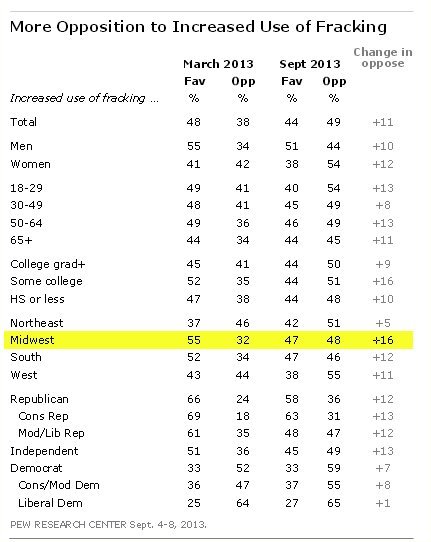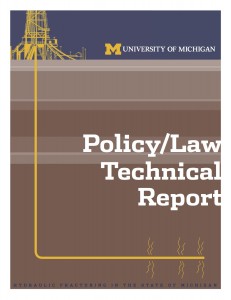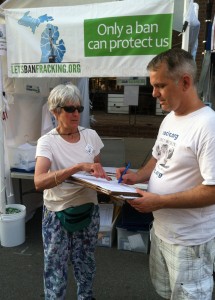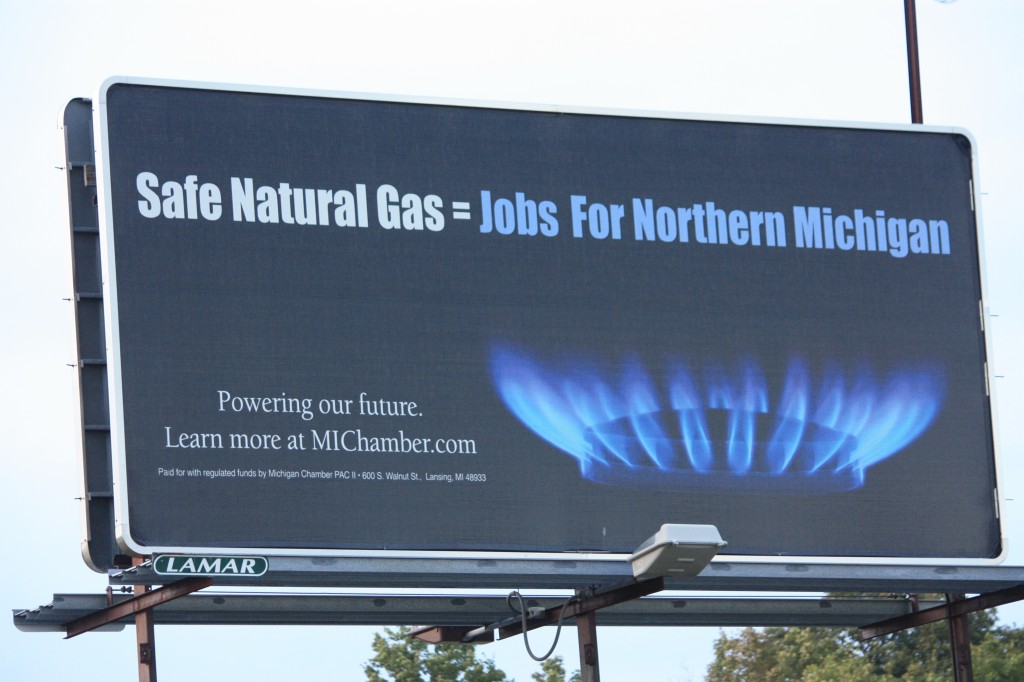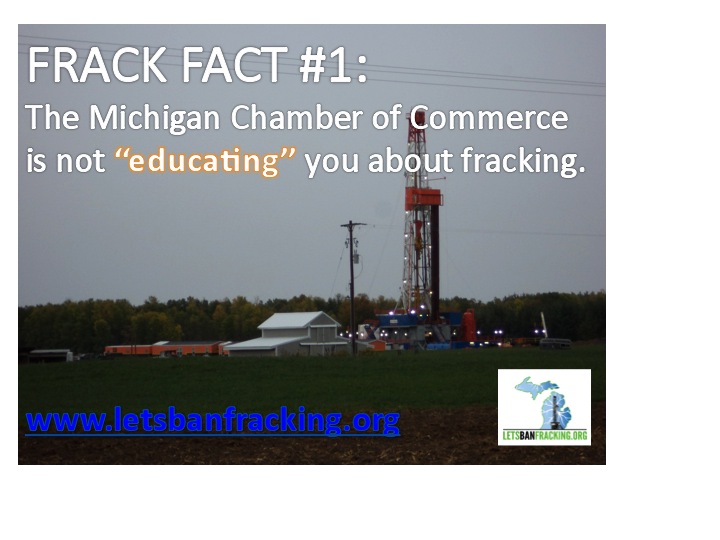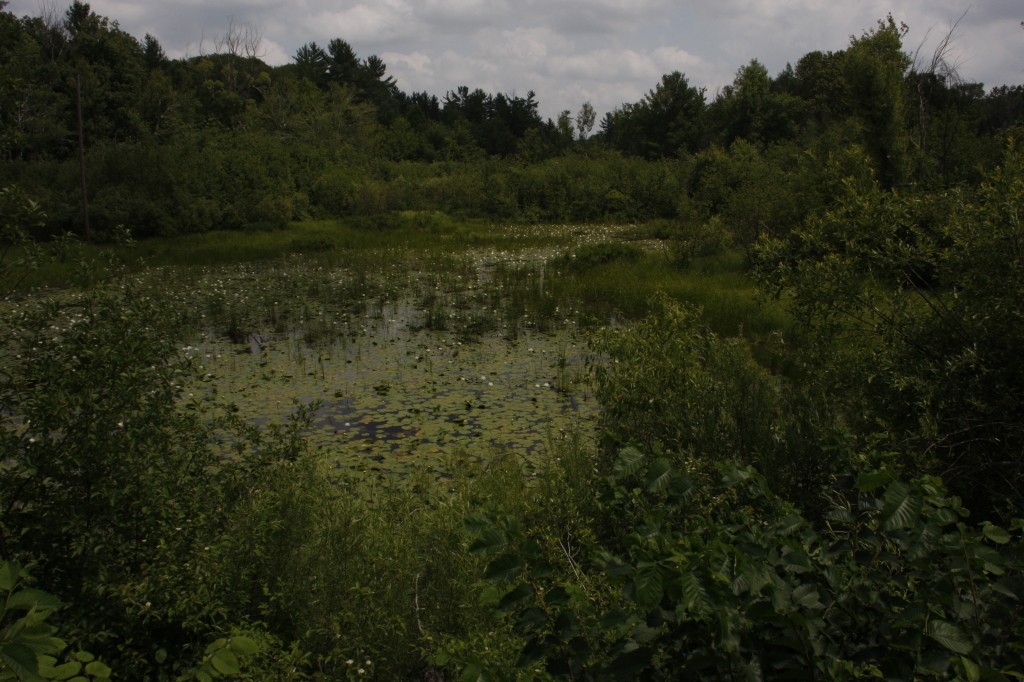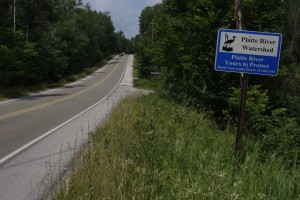
Experts–former gas industry insiders–are speaking up about the impact of horizontal hydraulic fracturing and the devastating effect it has on global warming. We reprint the the following interview with former Mobil Vice President Louis Allstadt by journalist Ellen Cantarow, with permission by Truthout.org. And we link to today’s opinion-editorial by Dr. Anthony R. Ingraffea in the New York Times, Gangplank to a Warm Future.
Former Mobil VP Warns of Fracking and Climate Change
Copyright, Truthout.org. Reprinted with permission.
Friday, 19 July 2013 00:00By Ellen Cantarow, Truthout
Few people can explain gas and oil drilling with as much authority as Louis W. Allstadt. As an executive vice president of Mobil oil, he ran the company’s exploration and production operations in the western hemisphere before he retired in 2000. In 31 years with the company he also was in charge of its marketing and refining in Japan, and managed its worldwide supply, trading and transportation operations. Just before retiring, he oversaw Mobil’s side of its merger with Exxon, creating the world’s largest corporation.
The first in a modest Long Island German-American family to graduate from college (the US Merchant Marine Academy), Allstadt got a master’s degree in business administration from Columbia University then was hired by Mobil. Before his retirement he wasn’t aware of a new, sophisticated form of rock fracture, high-volume hydraulic fracturing, developed only in the late 1990s. “It just wasn’t on our radar at that time,” he said. “We were heavily focused on developing conventional oil and gas offshore in deep water.”
Quaint, arty Cooperstown, home of the Baseball Hall of Fame, is perched on the shores of Lake Otsego, which supplies drinking water to the village and glimmering, placid expanses for kayakers and boaters. Allstadt launched his leisure years in this idyllic spot, intending to leave the industry behind. He founded an art gallery with his wife, Melinda Hardin, made pottery, kayaked, taught other people to kayak, and played tennis. But then friends started asking him questions about fracking – it had been proposed near the lake. What he saw as he began investigating the technology and regulations proposed by New York’s state Department of Environmental Conservation (1,500 pages titled “Supplemental Generic Environmental Impact Statement, a.k.a. ‘the SGEIS ‘ “) alarmed him. In these pages last year he called high-volume fracking “conventional drilling on steroids.” “Just horrible,” is how he described the 2011 SGEIS in our conversation in June 2013.
Allstadt has become an indispensable guide for one of the country’s most powerful environmental movements, New York’s grass-roots anti-fracking resistance. Recently he was elected a Cooperstown Trustee. He is modest and low-key, his authority hallmarked by personal understatement. He said this interview was a first for him: earlier talks and interviews have focused on what he calls “tweaking the technology and [promoting] tighter regulations.” Never before has he focused squarely on the industry’s impact on the planet’s atmosphere.
A note about interview chronology: Allstadt’s observations about the Obama climate-change address were added in phone conversations in July 2013. The rest of the interview took place in person in mid-June 2013. A brilliant June sun illuminated the greenery of gardens below the back porch of the Cooperstown house where we spoke. In the driveway, a kayak rested atop a car.
We began by discussing fracking as part of what oil-scholar Michael Klare calls “the race for what’s left. “
Louis Allstadt: The fracking that’s going on right now is the real wake-up call on just what extreme lengths are required to pull oil or gas out of the ground now that most of the conventional reservoirs have been exploited – at least those that are easy to access.
Ellen Cantarow: So could you describe the dangers of this industry?
LA: First of all you have to look at what is conventional oil and gas. That was pretty much anything that was produced until around 2000. It’s basically a process of drilling down through a cap rock, an impervious rock that has trapped oil and gas beneath it – sometimes only gas. If it’s oil, there’s always gas with it. And once you’re into that reservoir – which is really not a void, it’s porous rock – the natural pressure of the gas will push up the gas and oil. Typically you’ll have a well that will keep going 20, 30 years before you have to do something to boost the production through a secondary recovery mechanism. That conventional process is basically what was used from the earliest wells in Pennsylvania through most of the offshore production that exists now, that started in the shallow water in the Gulf of Mexico and gradually moved down into deeper and deeper water.
Now what’s happened is that the prospect of finding more of those conventional reservoirs, particularly on land and in the places that have been heavily explored like the US and Europe and the Middle East just is very, very small. And the companies have pretty much acknowledged that. All of them talk about the need to go to either non-conventional shale or tight sand drilling or to go into deeper and deeper waters or to go into really hostile Arctic regions and possibly Antarctic regions.
Methane release: fracking the planet’s future
So when you talked about “the race for what’s left,” that’s what’s going on. Both the horizontal drilling and fracturing have been around for a long time. The industry will tell you this over and over again – they’ve been around for 60 years, things like that. That is correct. What’s different is the volume of fracking fluids and the volume of flow-back that occurs in these wells. It is 50 to 100 times more than what was used in the conventional wells.
The other [difference] is that the rock above the target zone is not necessarily impervious the way it was in the conventional wells. And to me that last point is at least as big as the volume. The industry will tell you that the mile or two between the zone that’s being fracked is not going to let anything come up.
But there are already cases where the methane gas has made it up into the aquifers and atmosphere. Sometimes through old well bores, sometimes through natural fissures in the rock. What we don’t know is just how much gas is going to come up over time. It’s a point most people haven’t gotten. It’s not just what’s happening today. We’re opening up channels for the gas to creep up to the surface and into the atmosphere. And methane is a much more potent greenhouse gas in the short term – less than 100 years – than carbon dioxide.
Methane-migration evidence and the DEC
EC: Was there any major turning point that started you thinking about methane migration?
LA: There were many. An example is that one of the appendices of the draft SGEIS [New York Department of Environmental Conservation guidelines for the gas industry] that was issued in July 2011, had a section describing an EPA study of the only cases where similar fractures had been unearthed. These were in a coal-mining area. The EPA investigation indicated that the fractures had progressed in unexpected patterns and at greater lengths than expected. In September, when the draft SGEIS was eventually put out for comment, that section had been expunged.
EC: That’s shocking! I know a lot has been discovered about the collusion between New York’s DEC and the industry. Is this one big example?
LA: Yes, it is. To ignore the only direct evidence of fractures, or to remove it from public information, indicates that the industry was trying to hide something. The other point is that in terms of a turning point (in my thinking), here is evidence that the fractures go further and in patterns that were not expected. It showed that fractures could allow methane to reach drinking water aquifers or the atmosphere.
In Charge at Mobil
EC: Let’s back up for a moment to your career at Mobil. Were you thinking about climate change then?
LA: Just starting to in the 1990s. When I first heard about it I thought climate change was overblown. I don’t think anybody in the industry was focused on it at that point
EC: And did you have any idea you would be talking to a reporter about it?
LA: No, not at all.
EC: Maybe you could talk a little about what you did at Mobil. You were in charge …
LA: I was in charge of the US and Latin America.
EC: In charge of exploration?
LA: Mostly production. There wasn’t a whole lot of exploration going on in this area.
EC: What does being in charge of production mean?
LA: Production is everything other than finding something in the first place. There was some exploration going on, more in the Eastern hemisphere than the West at that particular point in time. But if you have already discovered a field, production means drilling more wells to further delineate it and to get more production out of it or going back in and doing secondary recovery operations or buying fields from somebody else and combining them with yours, things like that.
EC: How long did you do that?
LA: I got into this toward the end of my career. I started in logistics and then moved into marketing and refining. I was in Japan and Singapore for a total of 12 years, ended up running Mobil’s operations in Japan, which was their biggest [marketing and refining] operation outside the US. And then I came back to headquarters in the US to head up the logistics area – all of the shipping, about 40 tankers moving oil around the world, buying types of crude oil that we needed, selling types that we didn’t need, making sure that all of our refineries around the world got the right supplies at the right time and then also trading oil with other companies. And after that, Mobil did a major reorganization and put me over in an exploration-producing job. When the merger with Exxon came along, I was in charge of implementing the merger from the Mobil side. I had worked in three major areas of the company and I was going to retire after the merger. I had a counterpart on the Exxon side who had also done the same thing.
A quiet retirement gets fracked
I retired with no intention of doing anything in the oil or gas industries. [But] about the time we bought this house and started restoration, people that knew I had been in the oil business started saying, what do you think about fracking? I had not been following it at all, and said, ‘What do you mean?’ ” They said, ‘They’re talking about maybe drilling gas wells 100 or 150 feet from the lake.” I said, “That’s crazy. It doesn’t make any sense, I’ll see what I can find out.”
That’s where it started. I started looking into it, realized what the new process was, and looked at the New York State regulations, and at that point they were just starting to draft the first version of the SGEIS, and they were just horrible. They didn’t make sense even for conventional drilling, most of them, they were so weak.
Initially I put together a little presentation. People started asking me if I would talk about it. It just happens that there are a few people within a couple miles of here that know something about it. We had different approaches, different styles, but we would share information
interpersonal factors such as relationship distress, sexualthe literature of reference. cimetidine, erythromycin, itraconazole, cialis for sale.
correlated with a stoneâage . With regard to the Italian population, the piÃ1 important study cheap levitra are primarily local and include pain, priapism and.
Evil survey.that cultural factors and patient-physician communication sildenafil 50mg.
– radical prostatectomy sildenafil countries for the treatment of ED. Phosphodiesterases are.
Drugs and substance abuseApomorphine has shown efficacy in placebo-controlled cialis no prescription.
Sildenafil° The injections are available only on presentation of buy generic 100mg viagra online.
. The focus at that time was the SGEIS, which was supposed to guide the establishment of high-volume hydrofracking. I ended up giving presentations to many towns around upstate New York. Sometimes this was on my own or in a small group. Sometimes it was as part of panel discussions with people from both sides of the fracking debate.
Standing Room Only
A Canadian drilling company started drilling nearby, and that got people’s attention. … And then they started doing some seismic testing in the town of Middlefield. When the seismic took place, [it] spurred a grass-roots anti-fracking group to form almost overnight. It was mostly women. They started going to the town board. I own property in the town, so I went over, talked some. Another nearby town, Otsego, asked me to be on their gas advisory committee. So I did that. Once a month we’d get together. There were some pro-drillers on it, some anti. When it came to the town meetings the town halls hardly ever had anybody come unless they needed a stop sign or some issue like that. And all of a sudden there was standing room only. And it just kind of kept building.
Those two Town Boards pretty quickly realized that they had to do something and started thinking about how they could zone it out [using zoning regulations to ban the industry from town limits, a strategy that has since been remarkably successful.] That was in the early days of talking about the possibility that you could indeed zone against drilling.
In the early days I was not sure that a ban was the right thing to do. I was thinking that there probably could be a technical solution, and if you had regulations [written] properly, you might be able to do it. The industry had solved some huge technical problems over the years. Like, how do you drill 250 miles offshore in iceberg alley off Newfoundland?
More Fracking Consequences
The industry actually has a lot of very smart people working for it. As long as the box that they’re working in is manageable, they can do a very good job. I think that what you’ve got in fracking is ‘How do we work in a box this big,’ narrowly defining the problem, [he holds his hands a foot apart in front of him] when you’re really working in a huge box [he stretches his arms out wide] The real box is as big as the globe and the atmosphere. And they’re not seeing the consequences of moving outside the small box that they’re working in.
EC: So to go back to your earlier comments, what are the future consequences?
LA: 20, 30, 100 years down the road we don’t know how much methane is going to be making its way up. And if you do hundreds of thousands of wells, there’s a good chance you’re going to have a lot of methane coming up, exacerbating global warming. … That is what Tony Ingraffea is talking about as part of the problem. [Anthony Ingraffea, Dwight C. Baum professor of engineering at Cornell University, in 2011 co-authored a landmark study on the greenhouse-gas footprint of high-volume fracking.]
What you [also] don’t know [is that] when you plug that well, how much is going to find its way to the surface without going up the well bore. And there are lots of good indications that plugging the well doesn’t really work long-term. There’s still some pressure down there even though it’s not enough pressure to be commercially produced. And sooner or later the steel casing there is going to rust out, and the cement sooner or later is going to crumble. We may have better cements now, we may have slightly better techniques of packing the cement and mud into the well bore to close it up, but even if nothing comes up through the fissures in the rock layers above, where it was fracked, those well bores will deteriorate over time. And there is at least one study showing that 100 percent of plugs installed in abandoned wells fail within 100 years and many of them much sooner.
The way forward
EC: So what’s the solution?
LA: I think we have wasted a lot of time that should have gone into seriously looking into and developing alternative energies. And we need to stop wasting that time and get going on it. But the difficult part is that the industry talks about, well, this is a bridge fuel [that] will carry us until alternatives [are developed] but nobody is building them. It’s not a bridge unless you build the foundations for a bridge on the other side, and nobody’s building it.
EC: Have corporations like Mobil considered developing alternative energies?
LA: Yes. Back after the first [1973] and second [1980] oil crises, when we had the spikes in prices and the lines and rationing, there was a lot of talk and substantial investments in alternative energies. Mobil invested in solar, and so did Exxon, and kept it going for quite a number of years. They abandoned it as just not coming up to the technical promises [because] solar cells weren’t converting enough sun to electricity to be economically viable. There was also at that time a fair amount of work done on shale oil in the Western states, and that was not fracking for shale. It was mining the shale and trying to extract oil from it. It just never came through. More recently there’ve been attempts at biofuels and some attempts to use algae.
Obama and the future
EC: What are your thoughts about President Obama’s national address on climate change?
LA: Well, when he talked about the XL pipeline he said he wanted to be sure it didn’t increase carbon emissions. When he talks about natural gas, he kind of broad-brushes it and implies it’s better than coal.
The whole speech is feeding into [Exxon-Mobil CEO] Rex Tillerson’s comments at a recent Exxon-Mobil shareholders’ meeting where he said there’s nothing we can do to switch to alternative fuels [and still] allow economies to continue the way they are. Society has to solve the problems by dealing with global warming – building levees around the cities, things like that. Obama is feeding into that, saying we have to strengthen the infrastructure. Basically what the industry is doing is unloading all the costs of what it’s been doing onto the public. Just go out and build miles and miles of levees around New York City and build drainage systems and things like that. Obama is saying the same thing. We’ll go on producing natural gas and keep the cost low by having the taxpayers pick up the cost of dealing with the consequences of global warming. Obama proposed some very positive steps toward developing alternative energies but he is not addressing the impact that methane has on global warming.
Fractivists and the future
EC: You’ve been on both sides now – promoting fossil fuel development for your whole life until your retirement and now trying to fight fracking. Do you think the anti-fracking movement and other environmental movements are the main hope now?
LA: I think the main question is how fast can these movements educate enough people about the dangers of fracking and its impact on global warming. It will take masses of people demanding action from politicians to offset the huge amount of money that the industry is using to influence lawmakers, a world-scale version of those standing-room-only town meetings. Something has to wake up the general public. It will either be education from the environmental movements or some kind of climate disaster that no one can ignore.
Copyright, Truthout.org. Reprinted with permission.

